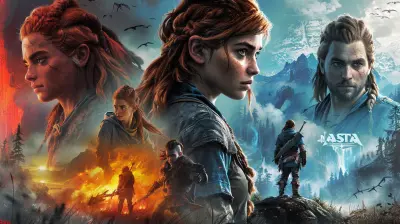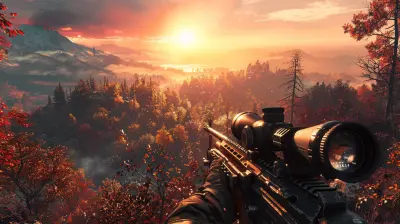Why Indie Games Are Perfect for Gamers Who Love Innovation
25 June 2025
When was the last time a game blew your mind? I’m not just talking about jaw-dropping graphics or massive open worlds—I mean a game so unique and refreshing that it made you feel like you were experiencing gaming for the first time all over again. If you’re the kind of gamer who craves something fresh, something that flips conventional gaming on its head, then indie games are where it’s at.
Indie games are like the artisanal coffee of the gaming world—crafted with passion, brewed to perfection, and offering flavors you didn’t even know you wanted. They may not always have blockbuster budgets or AAA backing, but what they lack in financial muscle, they more than make up for in creativity and innovation. So, let’s dive in and see why indie games are a match made in heaven for gamers who love something new and exciting.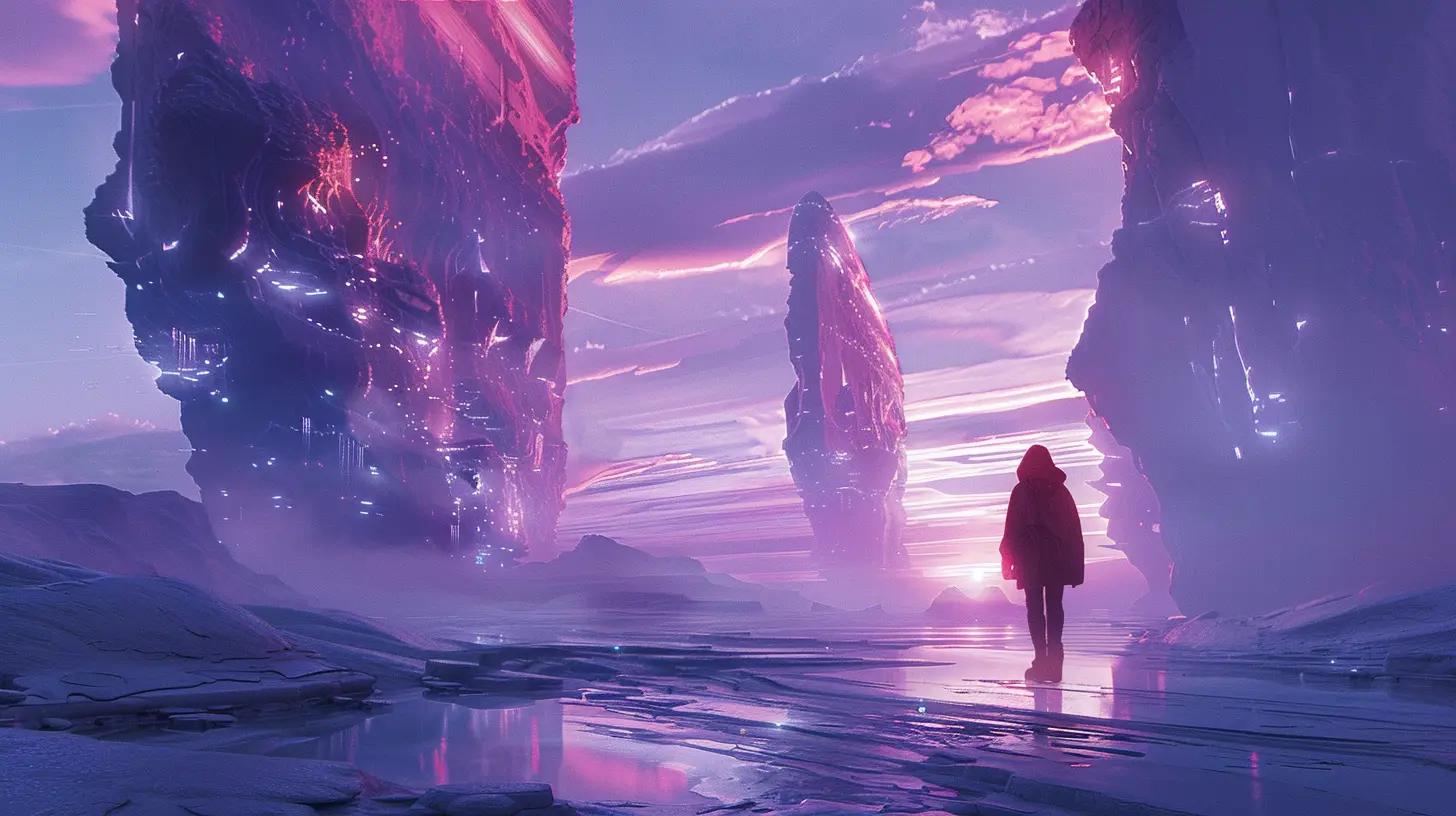
What Are Indie Games, Anyway?
Before we dive into the juicy stuff, let’s get one thing straight: what exactly qualifies as an indie game? To keep it simple, indie games are created by small teams (sometimes even just one person) without the financial backing of a big-time publisher. This means developers have complete creative control but often work with limited budgets and resources.It’s kind of like a garage band recording an album—they may not have the fanciest studio, but they have the freedom to make the kind of music they want. Similarly, indie game devs get to experiment, break the rules, and take risks that the big players can’t or won’t. 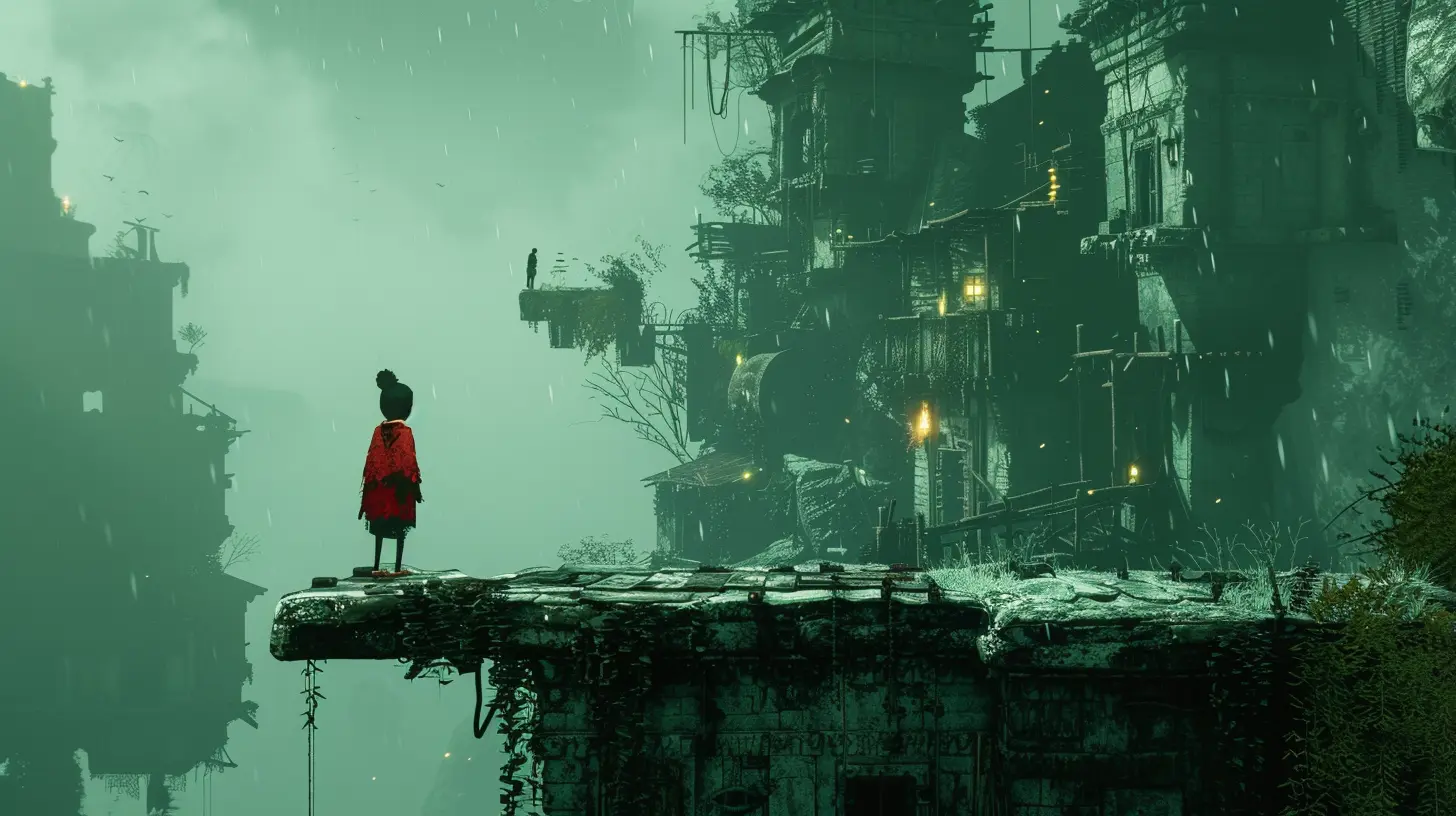
Innovation: The Soul of Indie Games
Big-budget AAA games tend to play it safe. Why? Because these companies are shelling out millions—sometimes hundreds of millions—of dollars to develop and market their games. They need a surefire return on investment, so they often rely on tried-and-true formulas. And hey, there’s nothing wrong with that! But if you’re looking for groundbreaking mechanics or creative storytelling, AAA games often fall short.Indie games, on the other hand, have nothing to lose and everything to gain. They’re like the scrappy underdogs of the gaming world, experimenting with unusual genres, unique art styles, and gameplay mechanics that nobody saw coming.
Take Undertale, for example. It’s a quirky RPG where you can (gasp!) finish the entire game without killing a single enemy. Or Celeste, which turned a simple platformer into a deeply emotional journey about mental health. These games didn’t just push boundaries—they shattered them. 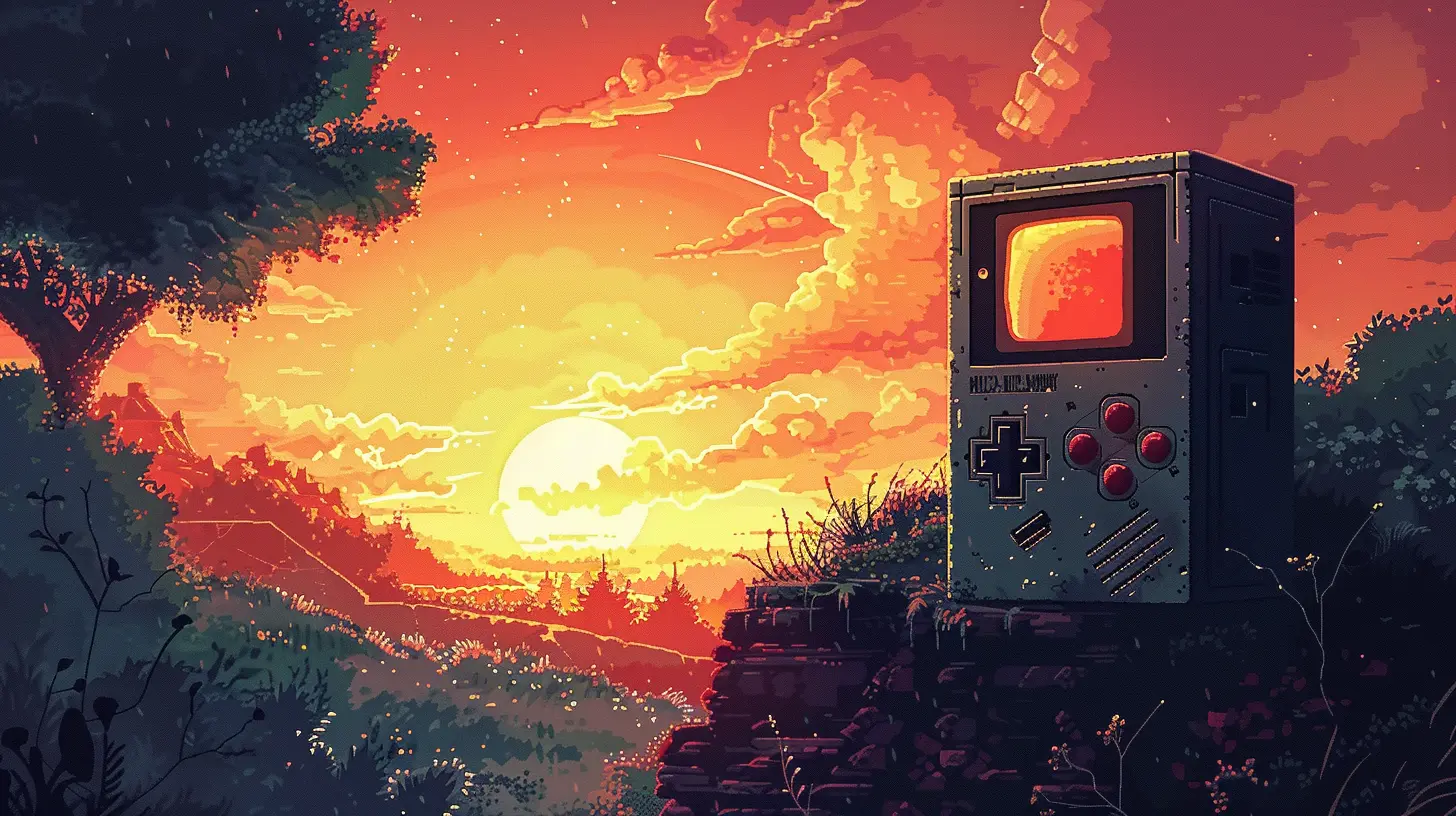
Low Budgets, High Creativity
Let’s be real: indie developers don’t have the luxury of throwing millions at hyper-realistic graphics or Hollywood-style cutscenes. But guess what? That limitation forces them to double down on creativity. They have to think outside the box to stand out, and that’s where the magic happens.Instead of relying on flashy visuals, indie games often use unique art styles to set themselves apart. Look at Hollow Knight, with its hand-drawn, hauntingly beautiful world. Or Cuphead, which feels like stepping into a 1930s cartoon. These games prove that you don’t need photorealism to create something breathtaking.
And it’s not just about looks—indie games often experiment with gameplay and storytelling in ways AAA titles wouldn’t dare. Ever played Baba Is You? It’s a mind-bending puzzle game where you literally rewrite the rules as you go. It’s clever, challenging, and something you won’t find in your average blockbuster. 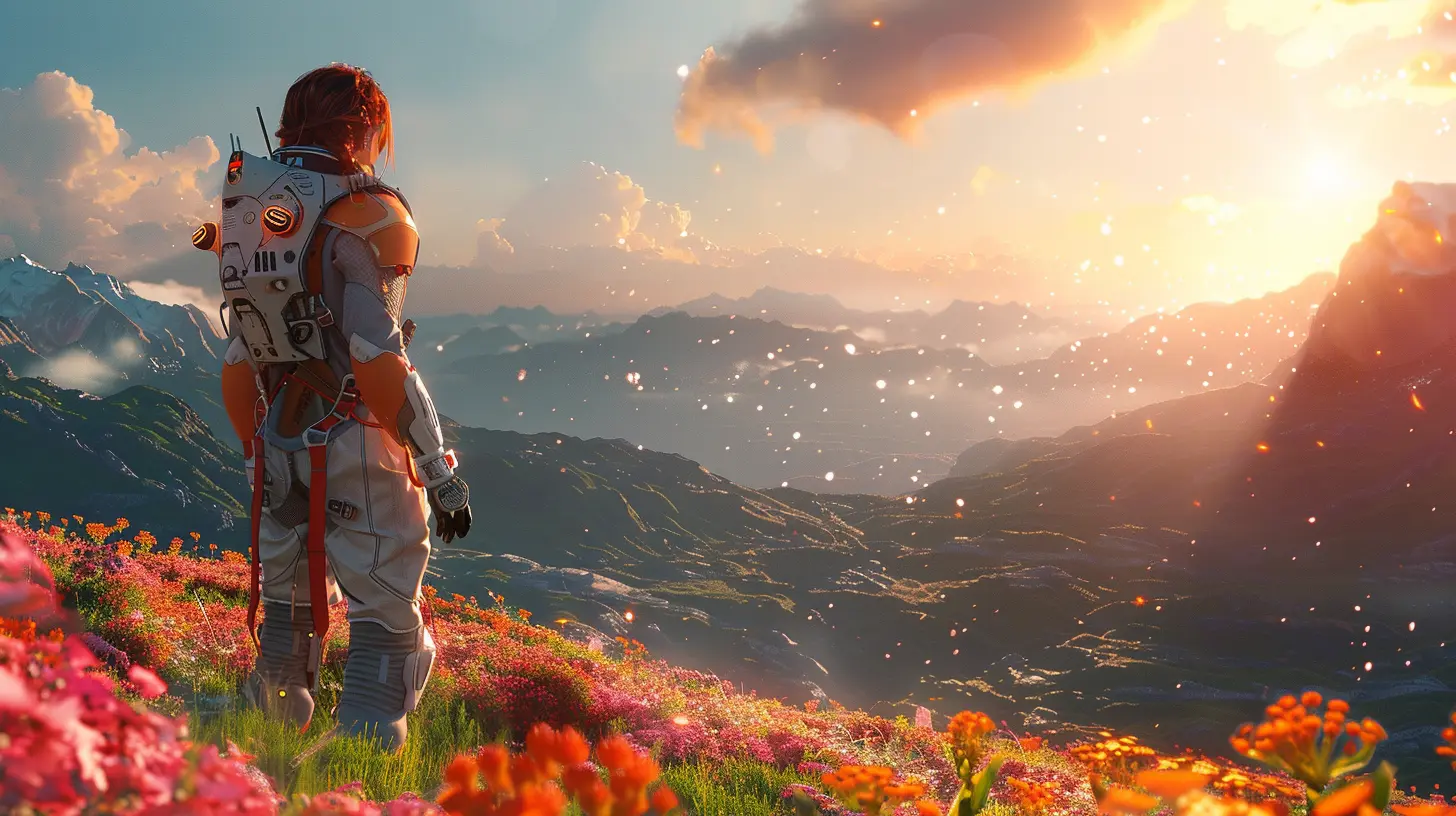
More Personal, More Passionate
Have you ever played a game and felt like the developers poured their heart and soul into it? That’s the essence of indie games. Since these games are often made by small teams—or even just one person—you get a sense of intimacy and authenticity that big studios just can’t match.For example, Stardew Valley was developed by a single person, Eric Barone, over the course of four years. He didn’t just make a farming sim—he created a love letter to fans of the genre, filled with charm and attention to detail. It’s this kind of passion that makes indie games stand out.
When you play an indie game, you’re not just playing a product. You’re experiencing someone’s vision, their labor of love, and their willingness to take risks to create something extraordinary.
Affordable and Accessible
Here’s the cherry on top: indie games are usually way more affordable than AAA titles. While most big-name games hit your wallet for $60 (or more, thanks to DLCs), indie games typically range from $5 to $30. That’s a steal, especially when you consider the quality and creativity packed into these titles.And thanks to digital platforms like Steam, itch.io, and the Nintendo eShop, indie games are more accessible than ever. Whether you’re gaming on PC, console, or even your phone, there’s a treasure trove of indie gems waiting to be discovered.
A Community-Driven Experience
If you’re a gamer who loves being part of a community, indie games are where it’s at. Indie devs often engage directly with their fans on social media, forums, and even during the development process.Ever heard of Among Us? It was an indie title that flew under the radar for two years until the community turned it into a global sensation. The game’s developers, Innersloth, embraced the sudden popularity and actively collaborated with fans to improve the experience.
This kind of relationship between creators and players is rare in the AAA space. With indie games, you’re not just a consumer—you’re part of a movement.
Indie Games and Innovation in Storytelling
Let’s take a moment to talk about storytelling, because indie games often push the envelope here too. While big-budget games tend to rely on traditional narratives (think hero saves the world), indie games aren’t afraid to explore deeper, more personal stories.Games like What Remains of Edith Finch and Oxenfree deliver stories that are as much about the human experience as they are about gameplay. They tackle themes like loss, mental health, and the complexities of relationships—all in deeply immersive ways.
And because indie developers aren’t bogged down by corporate expectations, they can take risks with unconventional narratives. Want to play as a sentient slice of bread trying to become toast (I Am Bread)? Done. How about a game where you conduct a papal election through deceit and manipulation (The Pope Simulator)? Yep, that exists too.
A Playground for Experimental Ideas
Indie games are like the mad scientists of the gaming world, constantly experimenting with new ideas. Sometimes these experiments flop—but when they work, they redefine what gaming can be.Take Papers, Please, for instance. Who would’ve thought a game about managing border security could be so compelling? By putting you in the shoes of an immigration officer, the game forces you to make morally gray decisions that stick with you long after you’ve put the controller down.
Or how about Superhot, a first-person shooter where time only moves when you do? It’s such a simple yet genius twist on the genre that it’s hard to believe no one thought of it sooner.
The Future of Indie Games Looks Bright
If you think indie games are a passing trend, think again. With the rise of crowdfunding platforms like Kickstarter and Patreon, as well as tools like Unity and Unreal Engine, it’s easier than ever for aspiring developers to bring their visions to life.The indie game scene has become a breeding ground for innovation, and it shows no signs of slowing down. In fact, some of the most anticipated games in recent years—like Hollow Knight: Silksong and Hades II—are indie titles.
So, if you’re not already aboard the indie game hype train, now’s the perfect time to jump on.
Why Gamers Should Give Indie Games a Chance
Still on the fence? Let me leave you with this: Indie games are proof that you don’t need a massive budget to create something extraordinary. They’re the underdogs, the innovators, and the heart of the gaming industry.If you’re tired of cookie-cutter games and endless sequels, indie games offer a refreshing alternative. They’re like hidden gems, waiting to be discovered—and they just might change the way you view gaming forever.
So go ahead, explore the world of indie games. Who knows? Your next favorite game could be hiding in plain sight on Steam or lurking in the depths of the Nintendo eShop.
all images in this post were generated using AI tools
Category:
Indie GamesAuthor:

Tina Fisher
Discussion
rate this article
2 comments
Valencia McLanahan
Indie games thrive on creativity and experimentation, often pushing boundaries that mainstream titles avoid. Their unique narratives, art styles, and gameplay mechanics cater to gamers seeking fresh experiences. By supporting indie developers, players not only enjoy innovative gameplay but also contribute to a diverse gaming landscape.
October 17, 2025 at 2:53 PM

Tina Fisher
Absolutely! Indie games indeed offer a refreshing break from mainstream conventions, showcasing creativity and unique storytelling that enrich the gaming landscape. Supporting them fosters innovation and diversity in the industry.
Dakota McQuillan
Indie games spark creativity and fresh ideas unlike mainstream titles.
July 7, 2025 at 2:44 AM

Tina Fisher
Absolutely! Indie games often push boundaries and explore unique concepts that mainstream titles may overlook, making them a perfect choice for gamers seeking innovation.
